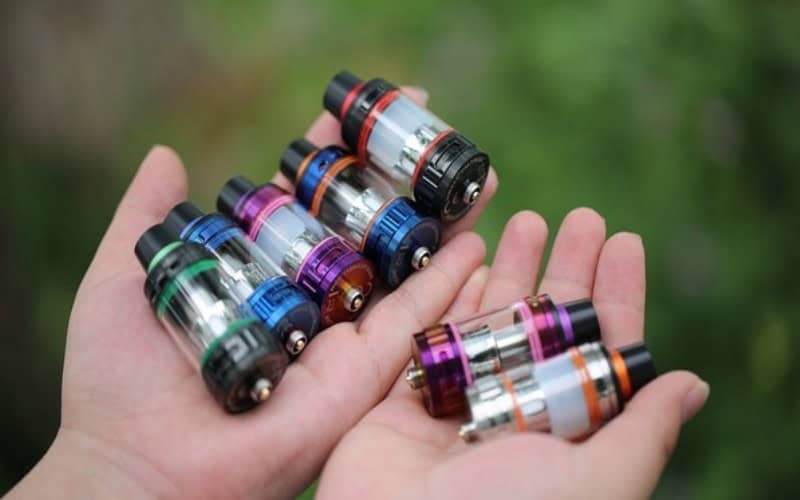Washington: According to health experts, parents whose children vape, often don’t know what to do or where to turn for help.
A growing epidemic, with federal authorities grappling with how to regulate e-cigarettes on a board scale, parents are scrambling at home to deal with nicotine dependence or to stop their children from getting hooked to something that seems to be ever-present at schools.
According to a story published in CNN, when Sonya Kennedy learned that her 12-year-old son, Ryder, had tried vaping, she was “mortified.” However, she soon realised that the trend had far reaching implications than she earlier realised. Kennedy, the owner of a dance studio in Northern California, found that most of her dancers too had tried vaping and that children were vaping even inside schools, sometimes charging their e-cigs in their teacher’s own computers. Parents were oblivious.
A shocked Kennedy knew that she had to do something about it and Kennedy asked a local business to print a few T-shirts with a straightforward message: “Athletes don’t vape.”
The trend caught on and she started receiving requests from people in Los Angeles, Sacramento and Canada who wanted in on the positive message.
She even invited local athletes to a photo shoot and posted the results on social media — and they actually showed up on a Sunday morning, to her surprise.
According to Meredith Berkman, co-founder of Parents Against Vaping e-cigarettes, the first thing parents can do is educate themselves.
E-cigarettes work by heating a liquid until it vapourises. The liquid commonly contains varying concentrations of nicotine, though some people use the devices to vape marijuana or flavouring alone.
Researchers are worried that e-cigarettes could put children’s developing brains at risk, get them hooked on nicotine early in life and be an initiation to smoking and other drugs.
They also recommend that parents be familiar with signs their children might be vaping. If they notice a faint, sweet scent if they show a change in mood, take frequent breaks to puff and share vape-related posts on social media.
According to experts, symptoms that children are vaping include anxiety, distractability, headaches and stomachaches. Other symptoms may include increased thirst, nosebleeds and mood changes.
Parents too can set an example by not vaping or smoking themselves, says Partnership for Drug-Free Kids. They should also have open conversations with their children, experts add. Understanding why a child may take to vaping is also important.
Pat Aussem, a master addictions counselor with the Parent Coaching Program at the nonprofit Partnership for Drug-Free Kids said parents can also use positive reinforcement to offer their kids something more interesting to them than vaping. However, she adds, it is important to understand that there may be no quick fix.
[source_without_link]ANI[/source_without_link]

